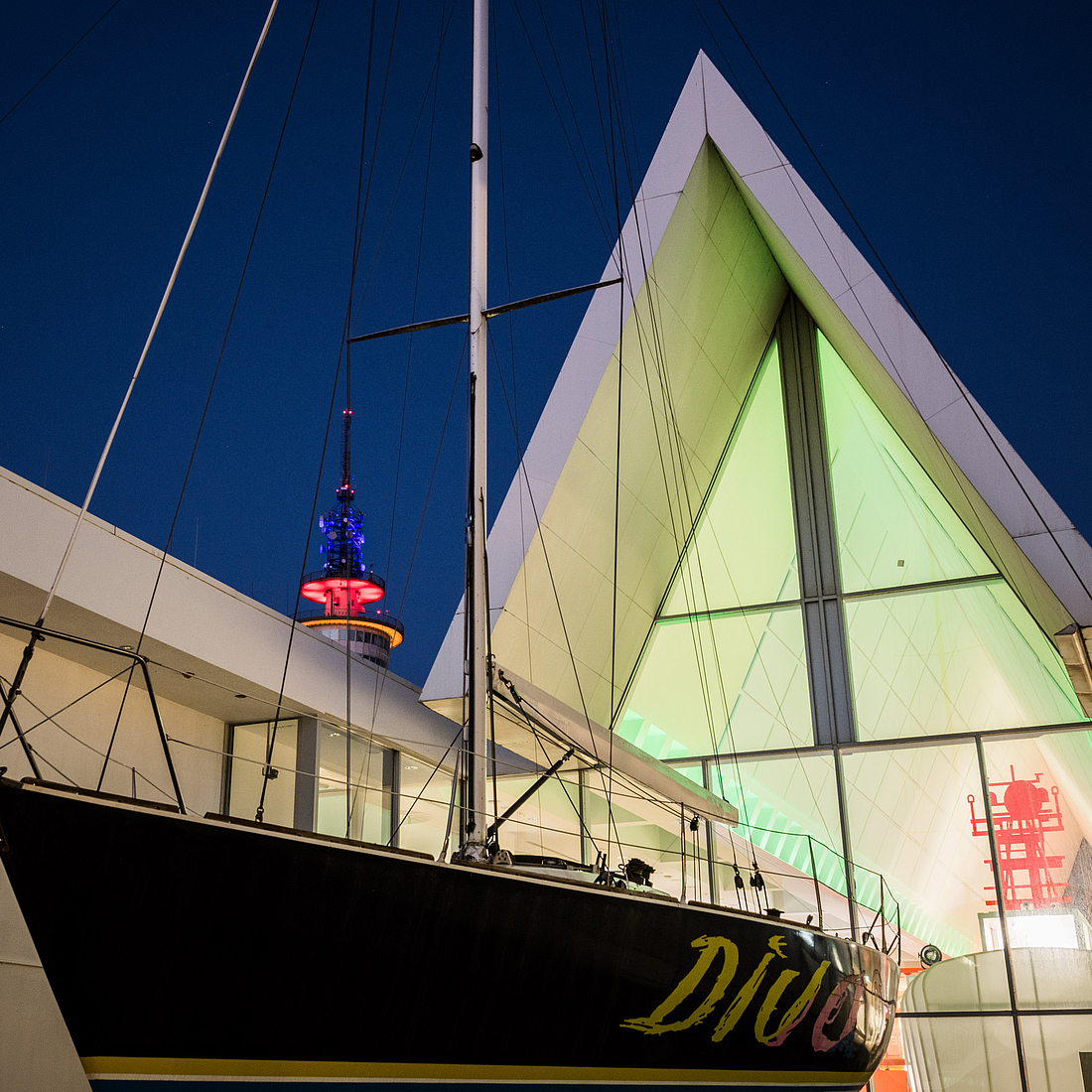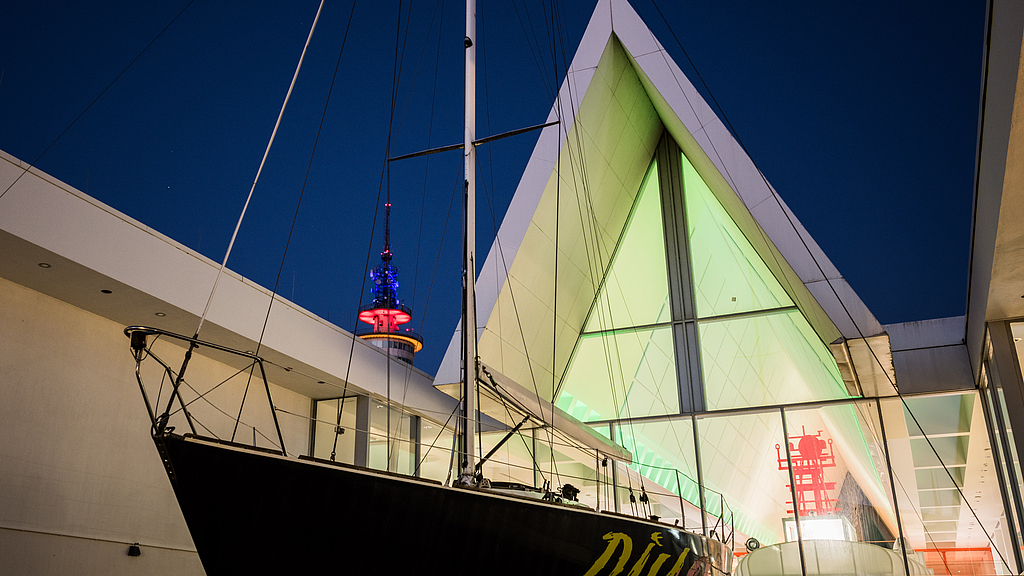Call for contributions: Exhibiting the Sound of History: Practice and theory of acoustic historical research and communication
Das Deutsche Schifffahrtsmuseum (DSM) / Leibniz-Institut für Maritime Geschichte lädt zusammen mit dem Deutschen Hafenmuseum Hamburg und in Kooperation mit dem Deutschen Museum in München, dem Leibniz Institut für Wissensmedien und dem Staatlichen Institut für Musikforschung in Berlin zu einer Konferenz im Dezember ein. Bereits jetzt werden Paper und Beiträge gesucht, die Interessierte bis zum 15. September 2024 einreichen können.
History museums and exhibitions convey worlds and practices that no longer exist. Creating sensory experiences, beyond reading and seeing, is a key feature of exhibition design and theory to provide access to past worlds and practices. Playing a tune on a historical instrument, hearing the noise of a machine, touching and smelling textiles, goods and other historical artefacts can open additional horizons of meaning and invites visitors to approach knowledge about historical events and processes differently. Employing methods and designs that utilise all senses creates further possibilities to reflect about the past and its values for today and the future. This question may range from the topic of exploring forgotten historical soundscapes to the specific challenge of making an object sound (again) or preserving or recreating historical sounds of musical instruments.
At a crucial point of time for digital and scenographic media formats in exhibitions, we would like to look at the history of exhibition making to draw attention to the senses that are not subject to the visual primacy of modernity, and to enter a discussion about which shifts in values arise in the choice of media for the reception of exhibitions. Since when have visitors been invited to experience the exhibits on display using senses other than just their eyes? What empirical values can be derived from historical visitor research about the communication of objects as historical values and what predictions arise from this for the increasing switch to digital communication formats? How does the materiality of the exhibits contribute to the fact that we attribute cultural values to the past and what shifts in values does the immaterial digital mediation itself possibly generate? What values does the museum assign to the different sensory perceptions in its communication approaches?
In this context, the overarching theme of sensory knowledge aims to draw attention to the importance of all the senses in museum education. In the framework of an international conference, we would like to explore the relationship between acoustics, spatial perception and knowledge transfer on two levels:
1. How do we integrate the historicity of sound and noise into a museum narrative?
2. What role does acoustics play in connection with the transfer of historical knowledge?
The conference is intended to bring historians, curators, specialists for restauration and conservation, designers, psychoacoustics and visitor researchers into a fruitful and productive exchange about how the sound of history can lead to sensory-mediated knowledge.
Please send proposals for contributions and papers by September the 15th. Papers connecting theory and practice are strongly encouraged. The abstracts should contain a maximum of 1500 characters including spaces. The conference will be held in English. We encourage to atten in person. The event will take place in Hamburg on 9th and 10th December 2024. Travel and accommodation costs for all speakers will be reimbursed. We intend to publish the contributions.
The event is part of the program of the Lab "Mediality and materiality" of the Leibniz Research Network "Values of the past". It is organized by the German Harbour Museum (Hamburg) and the German Maritime Museum (Bremerhaven) in cooperation with the German Museum (Munich), the Leibniz Institut für Wissensmedien as well as the Staatliches Institut für Musikforschung SMPK (Berlin).
Contact:
Prof. Dr. Ruth Schilling
(executive head)
German Maritime Museum
schilling@dsm.museum


